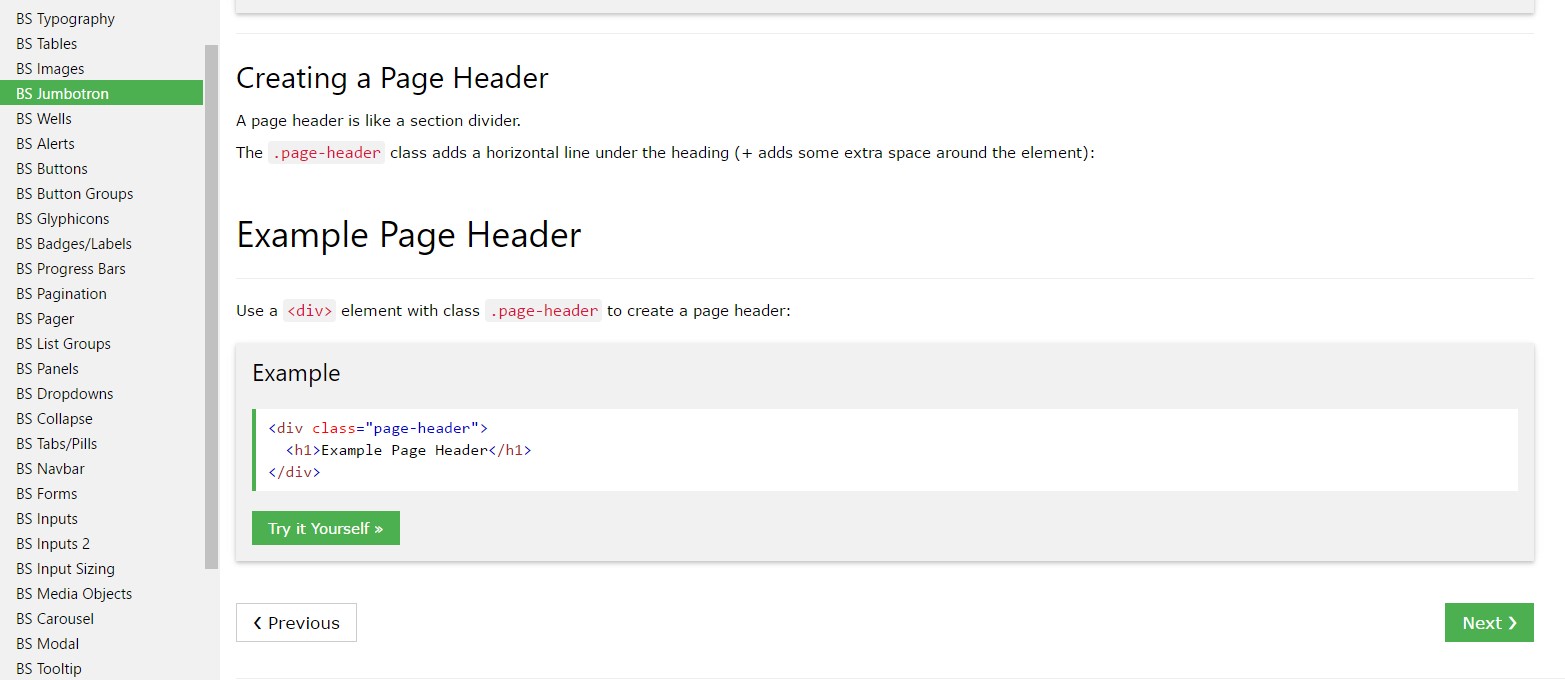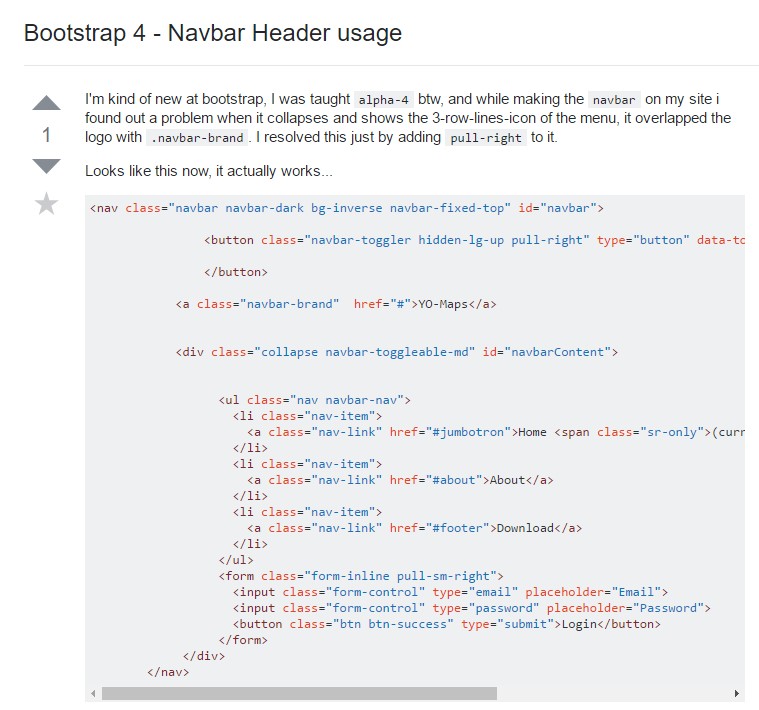Bootstrap Header Form
Introduction
Like inside of printed files the header is just one of the most essential elements of the website pages we create and get to operate every day. It securely maintains the most critical info on the identification of the organisation as well as individual behind the webpage itself and the importance of the whole internet site-- its own navigation construction which as well as the Bootstrap Header Class itself must be thought and create in this kind of technique that a website visitor in a rush or not actually having an idea in which way to go to simply take a quick look at and get the wanted information. This is the best situation-- in the real world getting as near as feasible to this visual aspect and activity also goes on given that we just about each moment have some project certain restrictions to think about. On top of that unlike the written files on the planet of web we should always keep in mind the range of attainable gadgets on which our web pages could potentially get showcased-- we should assure their responsive attitude or in other words-- ensure that they will reveal ideal at any screen size attainable.
So let us look and see the way a navbar gets created in Bootstrap 4. ( useful reference)
The way to apply the Bootstrap Header Design:
Firstly for you to make a page header or since it gets referred to within the framework-- a navbar-- we require to wrap the entire item into a
<nav>.navbar.navbar-toggleable- ~ screen size ~.bg-*.navbar-light.navbar-lightWithin this parent element we should certainly initiate by applying a tab feature which shall be operated to display the collapsed content on a smaller screen sizes-- to do that produce a
<button>.navbar-toggler.navbar-toggler-left.navbar-toggler-righttype = " button "data-toggle ="collapse"data-target = " ~ the collapse element ID ~What is actually bright new for latest alpha 6 release of the Bootstrap 4 framework is that inside the
.navbar-togler<span>.navbar-toggler-icon<a>.navbar-brand<div class="img"><img></div>Now-- the necessary part-- setting up the collapsible container for the primary website navigating-- to accomplish it generate an element utilizing the
.collapse.navbar-collapseid =" ~ same as navbar toggler data-target ~ ".collapse<ul>.navbar-nav<ul><li>.nav-item<a>.nav-link.nav-item.nav-link.nav-item.dropdown<li>.dropdown-toggle.nav-link.nav-item<div>.dropdown-menu.dropdown-itemRepresentation of menu headers
Add a header to label areas of actions in any dropdown menu.
<div class="dropdown-menu">
<h6 class="dropdown-header">Dropdown header</h6>
<a class="dropdown-item" href="#">Action</a>
<a class="dropdown-item" href="#">Another action</a>
</div>More possibilities
One other brand new factor for this particular edition is the option to fit an inline forms in your
.navbar.form-inline<span>.navbar-textFinal thoughts
The moment it comes down to the header elements in newest Bootstrap 4 version this is being actually handled with the built in Collapse plugin and some site navigation specified material classes-- some of them developed particularly for keeping your label's identity and various other-- to make confident the real page navigational system will reveal best collapsing in a mobile phone style menu when a pointed out viewport width is reached.
Check a number of video information relating to Bootstrap Header
Linked topics:
Bootstrap Header: approved documentation

Bootstrap Header short training

Bootstrap 4 - Navbar Header handling

